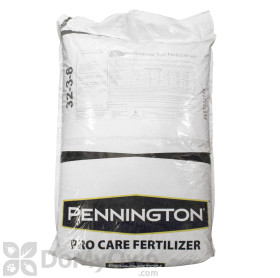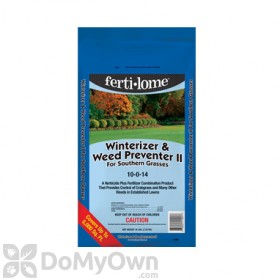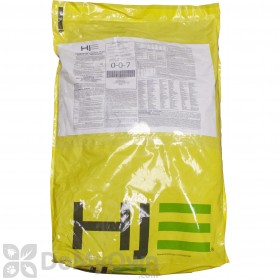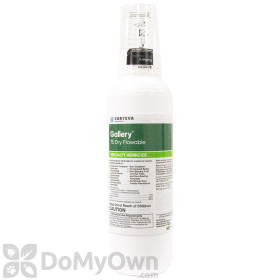Maintain a Proper Lawn Maintenance Schedule
Keeping your lawn and landscaped areas healthy and well-tended are the first and most important steps you should take to prevent invasive weeds from stealing water and nutrients from your turf and ornamental plants in the same area.
Maintain a healthy lawn with help from our recommended lawn maintenance schedules. Following these reminders and techniques can make a tremendous difference in the health of your lawn and its defense against unwanted weeds like oxalis.
Follow a Proper Fertilization Schedule
Keeping your lawn sufficiently fertilized will pay big rewards in preventing oxalis weeds and other unwanted growth among the turf you're helping to grow. Performing a soil test on your property can help you learn which nutrients the soil may be missing. With this information you can better care for your soil, your lawn, and your desirable plants and boost your lawn's defense against oxalis and other weeds.
Additionally, some fertilizers include weed-fighting ingredients that can boost your lawn's defense against weeds through use of herbicide weed-killers. These weed & feed mixes may be a convenient way to prepare your lawn for the next season.
Products needed for Step 1
Follow Good Cultural Practices
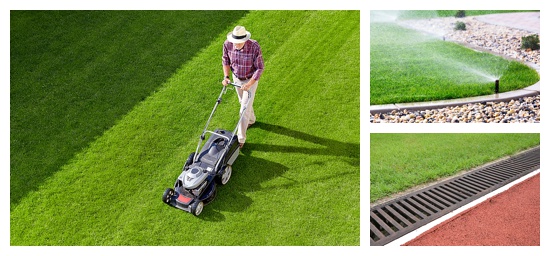
You should give your lawn turf the water that it needs year-round. Follow recommendations from your local extension office to find the right amount of water to put down. Water deeply when you do to allow the roots of your desirable turf get the full benefit of irrigation.
Mow your lawn regularly to the proper height for additional weed control. Mowing at a height that removes no more than the top 1/3 of the blades of grass will keep turfs growing strong to fight off weeds, and the timely mowing process will also suppress weed growth by eliminating seed-generating flowers.
The seeds of weeds like oxalis require light to germinate, so the addition of a three-inch layer of mulch to landscape beds can prevent germination in those areas and eliminate future weed growth.
The healthier your lawn, the less likely unwanted oxalis weeds will take hold. One other way to maintain your lawn's health is to aerate the area once a year to break up compacted soil, allowing your grass roots to grow deeper and stronger, building defenses against weeds like wood sorrel or oxalis.
Apply A Pre-Emergent
Applying a pre-emergent herbicide that is labeled for oxalis or wood sorrel control will help prevent these weeds from taking over your lawn. Getting the timing right for these applications is important for the best protection. Pre-emergents should be applied in the fall before the first frost of the season. Check your local weather history and forecasts to find the right time for a fall application.
When applying pre-emergents in the spring, wait until after the ground has thawed, but apply the product before soil temperatures reach 50-55 degrees, when weeds may begin to germinate. Your local extension office can offer more details about the recommended exact timing for your area.
Pre-emergents work to stop the germination of oxalis seeds in the ground, but these weeds also spread with horizontal roots called rhizomes. To prevent the return of oxalis weeds from existing roots, digging up the taproot of any visible plants can help. Additional treatments with a selective post-emergent may be necessary if new growth does generate from buried rhizomes or stem fragments.





